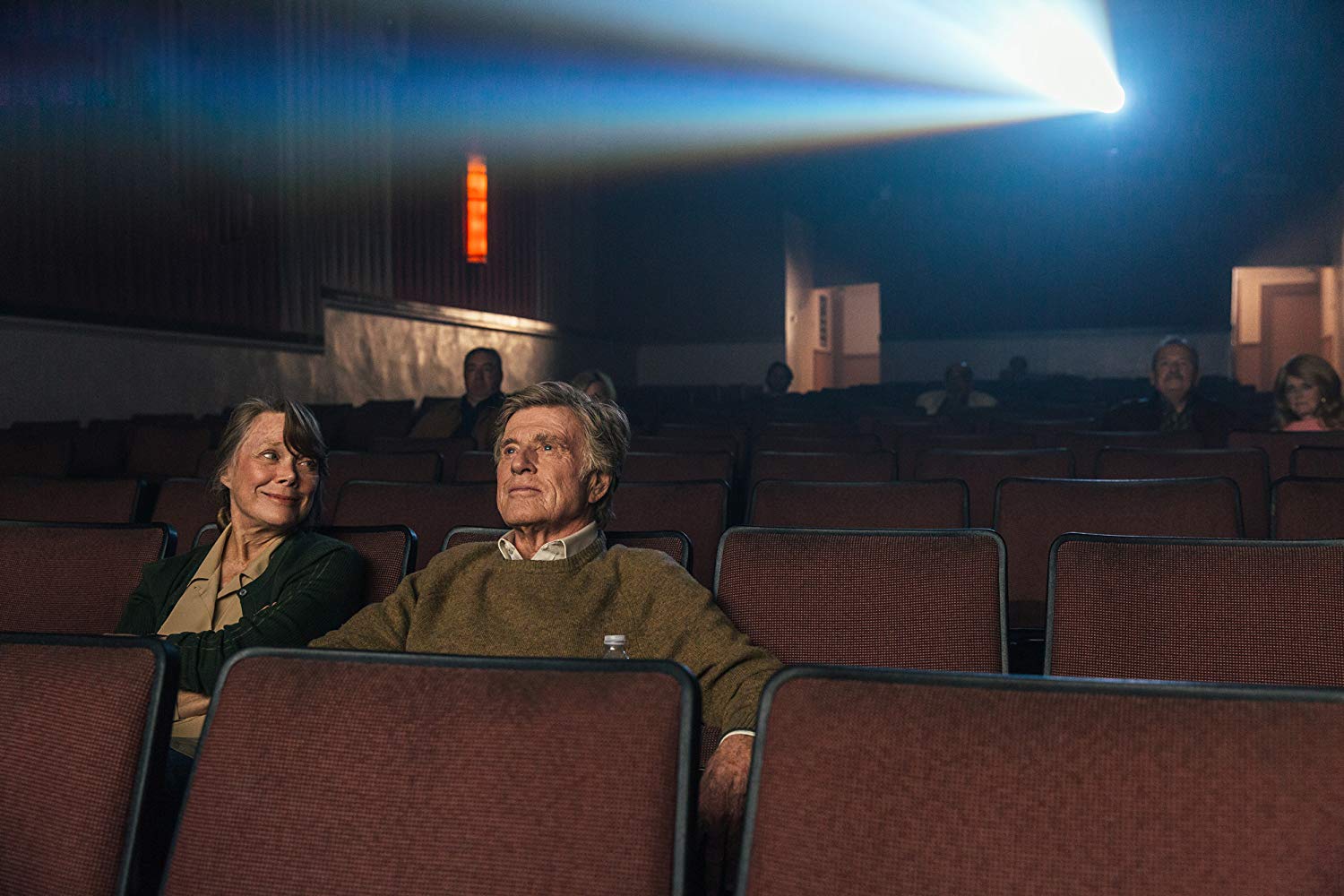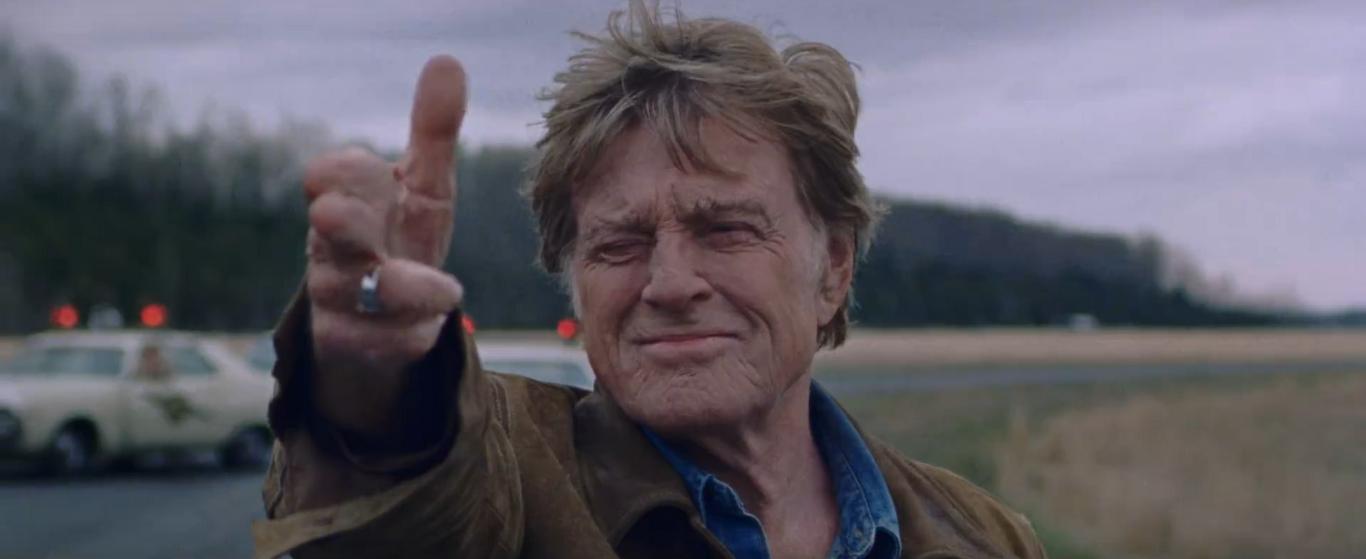by Chris Feil

David Lowery has already proven a difficult director to pin down easily, giving us film’s as divergent as Aint The Bodies Saints, Pete’s Dragon, and A Ghost Story. His newest film, The Old Man and the Gun, fills some of the spaces between those, and a clearer directorial voice is beginning to take shape. Lowery’s films want to immerse us in a feeling, to mire over circumstances that have inevitable ends we fight against. And this time, his film also pointedly faces its own metafictional end by showcasing what is to be the final performance of Robert Redford as a con man refusing to give up the habitual ghost of robbing banks.
But why give it up when Redford’s Forrest Tucker makes it seem so easy? The “also, mostly true” film follows Tucker as he makes his way across the American landscape robbing small banks with a small outfit of Danny Glover and Tom Waits as support. Tucker has escaped more than a dozen prisons and countless more life experiences on the way to anonymity, getting away with it on his charm and ironically affable demeanor. The man remains an enigma, with Redford consistently restrained so as not to deceive the character by revealing too much.
Tucker is also in an emerging flirtation with Sissy Spacek’s farmowner Jewel, who follows her heart (her intuition) and sees through his omissions with warm, slightly horny curiosity. Meanwhile a local detective played by Casey Affleck is on his trail, discovering Tucker’s cyclical history of theft, arrest, escape over decades. Their mutual compulsive behaviors reflect in one another, with Tucker’s abandoning of his family serving as an omen for the detective all too willing to sacrifice his own family unit.

Rather than being the dated patriarchal messaging that threatens to overtake the material, Lowery makes the film a soulful character study, coasting on an absorbing tone that recalls Hal Ashby and American legend folklore. At a fleet ninety minutes, Gun runs both deep and brisk. Of Lowery’s morphing filmography the film feels most of a piece with his debut Saints, solving a number of its companions issues. While not Lowery’s best (we’ll save that distinction for his Pete’s Dragon reimagining), this film provides that elusive through line to connect his films and reveal his fascinations as a filmmaker. Lowery wants to capture a tone, yes, but also is concerned with legacies.
While we know this is largely Redford’s show with some spotlight given to Affleck and Spacek, it features a large notable ensemble that it stumbles to use in any interesting way. When you’re forfeiting the likes of charming and talented performers like Tika Sumpter, John David Washington, and Elizabeth Moss, the film frustrates in its occasional confusion between a stunted scope and the character study it really wishes to be.
Redford however is enigmatic, never overplaying his hand and relying on his still plentiful reserves of charm to play a man refusing to expose the reality behind his persona. This swan song is a delicate performance, further bolstered by the affectionate gaze of Sissy Spacek as his new love. Spacek’s is the performance to watch though, turning what could have been bland audience surrogacy on the page into a nuanced, flirty charmer of a performance, offering the kind of wondrous watchability the actress hasn’t had the opportunity to provide in awhile. For easy, warm delights, The Old Man and the Gun is a solid bit of mythmaking, but Spacek is its richest joy.
Grade: B